 Abraham Lincoln
If given the truth, the people can be depended upon to meet any national crisis...
Abraham Lincoln
If given the truth, the people can be depended upon to meet any national crisis...
 Guildford news...
for Guildford people, brought to you by Guildford reporters - Guildford's own news service
Guildford news...
for Guildford people, brought to you by Guildford reporters - Guildford's own news service
Birdwatcher’s Diary No.123
Published on: 20 Nov, 2016
Updated on: 20 Nov, 2016
By Malcolm Fincham
The clocks going back one hour at the end of October always gives me a stark realisation that we will rapidly start to descend into the deepest depths of winter. And the arrival of November brought with it a cold feel to the air to herald such thoughts.

Guildford Cathedral viewed as mist forms across the field at the southern end of Stoke Lake. Click on all pictures to enlarge in a new window.
Pleasant, but shorter hours of sunlight, turned to mist as daylight dwindled rapidly around Stoke Lake, on my local ‘patch’ at the Riverside Nature Reserve.
A damp daybreak on several mornings shrouded by mist and fog highlighted cobwebs on the grass and trees.
Although atmospheric, it was once again a period of the year, limited in time of daylight hours, to get out and about with my camera.
Beautiful sunlit days, however, gave a good opportunity for taking scenic photos, as I patrolled the area between Stoke and Burpham Locks.
Tufted ducks were now increasing in number on the lake, counting 25 on one occasion. A high count for early winter.
I was also surprised to see a shoveller on the lake on one of my visits. Normally only seeing them on the ‘flooded field’ near Stoke Lock.
Black-headed gulls had also moved in on the water, making it their winter playground.
Now and again there was a flash of ‘halcyon blue’, skimming over the surface of the lake – a kingfisher. Occasionally perching to rest, in the sallows at the water’s edge.
Spending the most part of the first two weeks of November within the comfort of the Surrey Hills allowed me a daily sight of leaves as they turned in colour.
Surprisingly to some, Surrey is Britain’s leafiest county according to a recent, first ever complete tree count in England and Wales.
And with leaves turning at independent paces on a wide variation of species, that adorn our local countryside, added to the various vibrant views as the days ebbed by.
Closer to hand, looking for wildlife sightings, I have noted already more fieldfares this winter, than I saw during last winter, having arrived from their Scandinavian summer breeding grounds on recent easterly breezes.
Flocks of redwing could now be seen, often intermingled with with the fieldfare, raiding trees of their berries.
Our resident robins and blackbirds have also been joined by ones that breed in eastern Europe, occasionally being challenged for territories to feed.
Long-tailed tits could be seen flocked together.
Often they are joined by blue tits and goldcrests as they work their way though the hedgerows.
These flocks are always worth close inspection, as they may sometimes be joined by a treecreeper, or even, if lucky a smart looking firecrest.
In areas where teasel can be found, now shedding their seeds, an invasion of goldfinches and linnets can often be found, feeding on their ovule heads.
Spending a couple of days visiting a few of the villages on the southern side of Guildford, I was able to add some more autumnal views to my ‘scenic photo’ collection.
Top of my list of findings had to be spotting my first ever sighting of a brown long-eared bat, probably disturbed from its daytime roost. On first glimpsing it as it flew past a little way in front of me, I though it was a wren, flying awkwardly. Even when it settled on the side of a barn I wondered why it seemed to be twitching its tail?
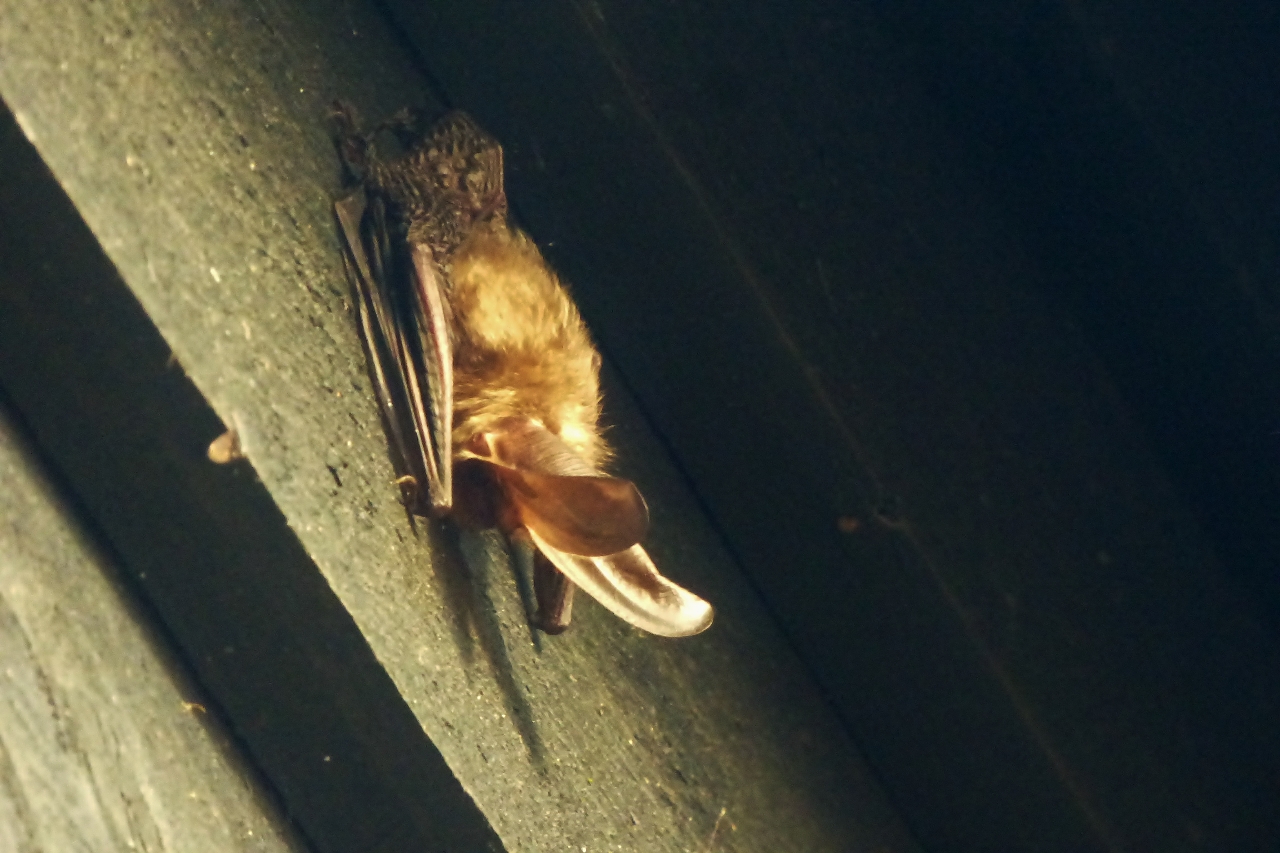
The brown long-eared bat is the second most common bat in Great Britain after the pipistrelles. As the name suggests it has exceptionally long ears.
I soon realised my original guess was far from correct. I was in fact looking at things the wrong way up! The ‘penny dropped’. I was actually watching, its twitching ears!
A few days later a friend told me of a female goosander that had spent a third day fishing in his private lake in Wonersh. With much kindness the owner welcomed my visit and allowed me a few record shots.
In addition, an adult mute swan came over to greet me, showing off her juvenile cygnets.
On Sunday, November 13, I was back to an area close by, in Bramley, with two good pals Bob and Dougal. Having indirectly picked up on a report from ‘The Thorncombe Street birder’ http://godalmingareabirds.
As a compromise, I took them to a private lake that I knew of in the village of Shamley Green. Invited in for closer views of their private collection of wildfowl.
We were able to view red-crested pochards at close quarters.
Along with common pochard.
Black swans.
Smew.
And even a small group of eider ducks.
A welcomed sight to end our outing was a cup of tea and a slice of cake at a neighbouring house, while pointing out where regular views of kingfishers can be seen.
And although the ‘wintering’ little egret, hadn’t been seen there yet this winter, I was enlightened by sighting one just a few days later in the nearby village of Albury, at the mill pond there.
My personal highlight to a pleasant day – and an enjoyable rustic, rural ramble – had to be watching a red kite as it hunted low across a field in Frog Grove Lane at back end of Wood Street Village.
It allowed me a selection of photo-shots, as it glided majestically, using its long forked tail like a rudder, twisting it, as it changed direction, flying low overhead.
The red kite’s call is a thin piping, similar to but less mewling than the common buzzard. At signs of danger, a mother red kite will signal the young who will ‘play dead’ to the extent that a fox will believe them to be dead and leave them, thinking it can return to eat them later.
Although quite ominous-looking, red kites mainly eat dead animals (carrion), being too weak-footed to kill prey much larger than a rabbit. They fly low over open country, using their forked tails to steer.
Although often taking live prey by surprise rather than speed, I have often observed them perusing magpies that have picked up carrion. Making fast twisting chases to snatch the magpies meal.
And as a comparison, a photo of a common buzzard.
Responses to Birdwatcher’s Diary No.123
Leave a Comment Cancel reply
Please see our comments policy. All comments are moderated and may take time to appear. Full names, or at least initial and surname, must be given.Recent Articles
- Men In Their 60s Arrested After Fight At Newlands Corner
- New Cancer Charity Offers Support To Patients On Road To Recovery
- Councillor Calls on Colleagues To Stop Patronising Parents of SEND Children
- ‘Catapults Must Be Treated Like Knives’ Says Deputy Police Commissioner
- New Study Shows Promise In The Diagnosis of Poor Blood Circulation
- Fake News To Be Examined at the Guildford Institute
- Updated: Crop Fire Destroys Wheat Field on the Slopes of the Hog’s Back Near Guildford
- Update: Roadworks Planned for Portsmouth Road Postponed
- Guildford Students’ Artwork on Display at the National Gallery
- Thames Water Announce Hosepipe Ban – But Not for Guildford



Recent Comments
- Graham Vickery on Letter: Local Government Reorganisation Consultations Are Too Little, Too Late
- Peta Malthouse on Normandy Housing Plan Reignites Concerns Over ‘Damage To Our Community’
- Richard Cooke on Letter: Snail-paced Progress for Full Weir Repair
- Bethan Moore on Guildford’s First “Bike Bus”
- Andy Friend-Smith on Guildford’s First “Bike Bus”
- Peter Mills on Guildford’s First “Bike Bus”
Search in Site
Media Gallery
Dragon Interview: Local Artist Leaves Her Mark At One of England’s Most Historic Buildings
January 21, 2023 / No Comment / Read MoreDragon Interview: Lib Dem Planning Chair: ‘Current Policy Doesn’t Work for Local People’
January 19, 2023 / No Comment / Read MoreA3 Tunnel in Guildford ‘Necessary’ for New Homes, Says Guildford’s MP
January 10, 2023 / No Comment / Read More‘Madness’ for London Road Scheme to Go Ahead Against ‘Huge Opposition’, Says SCC Leader
January 6, 2023 / No Comment / Read MoreCouncillor’s Son Starts Campaign for More Consultation on North Street Plan
December 30, 2022 / No Comment / Read MoreCounty Council Climbs Down Over London Road Works – Further ‘Engagement’ Period Announced
December 14, 2022 / No Comment / Read MoreDragon Interview: GBC Reaction to the Government’s Expected Decision to Relax Housing Targets
December 7, 2022 / No Comment / Read MoreHow Can Our Town Centre Businesses Recover? Watch the Shop Front Debate
May 18, 2020 / No Comment / Read More




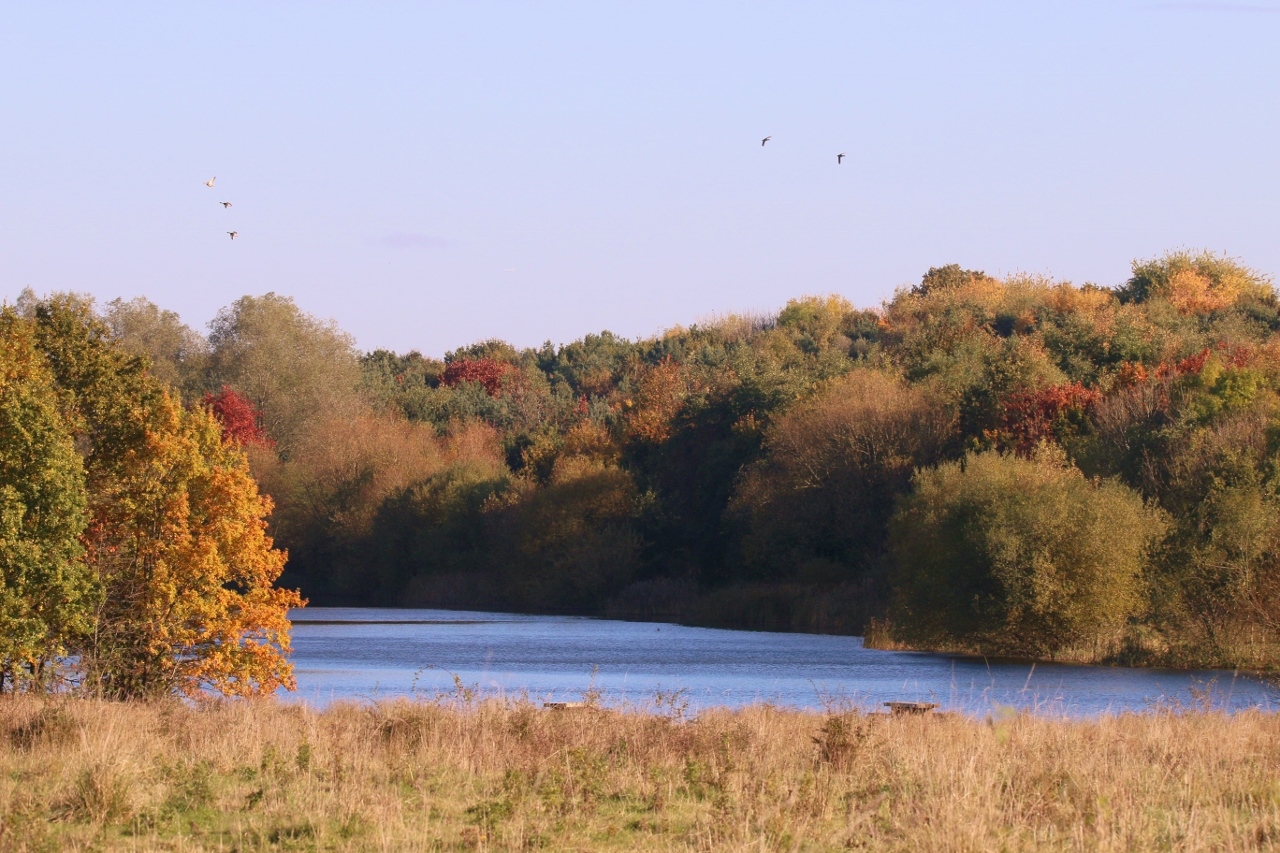
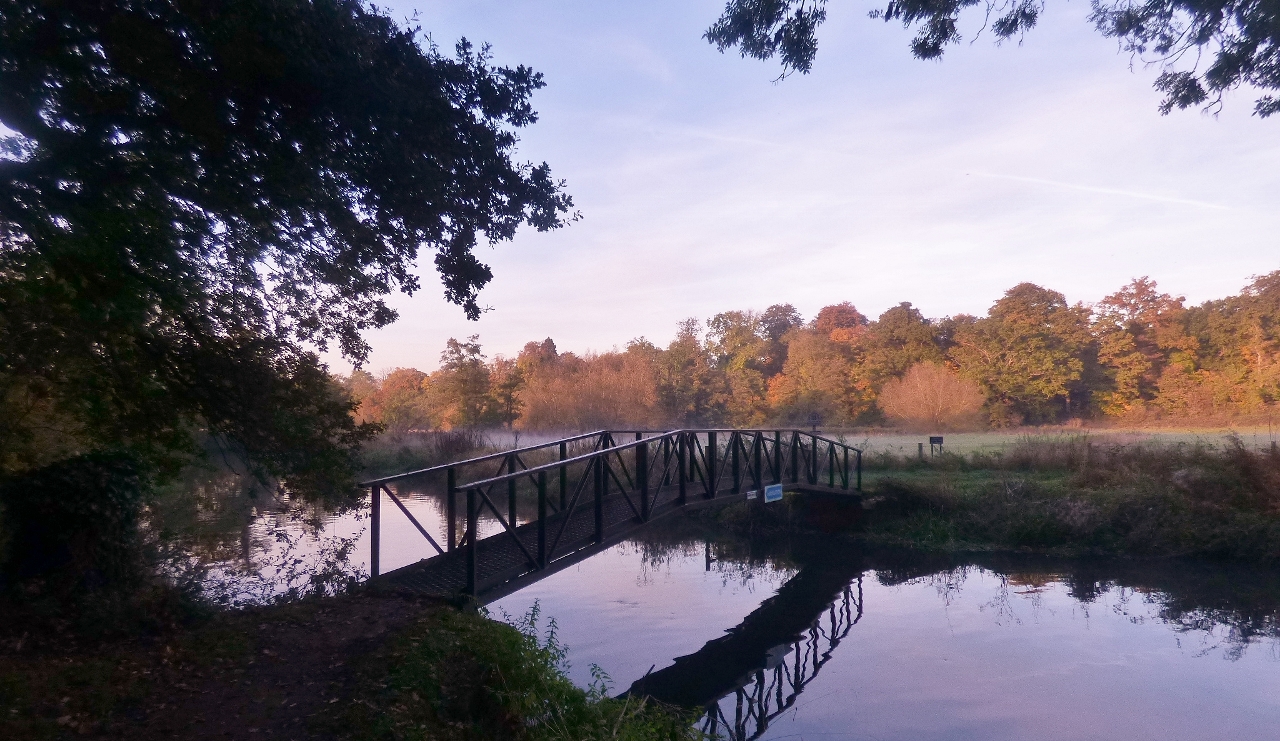
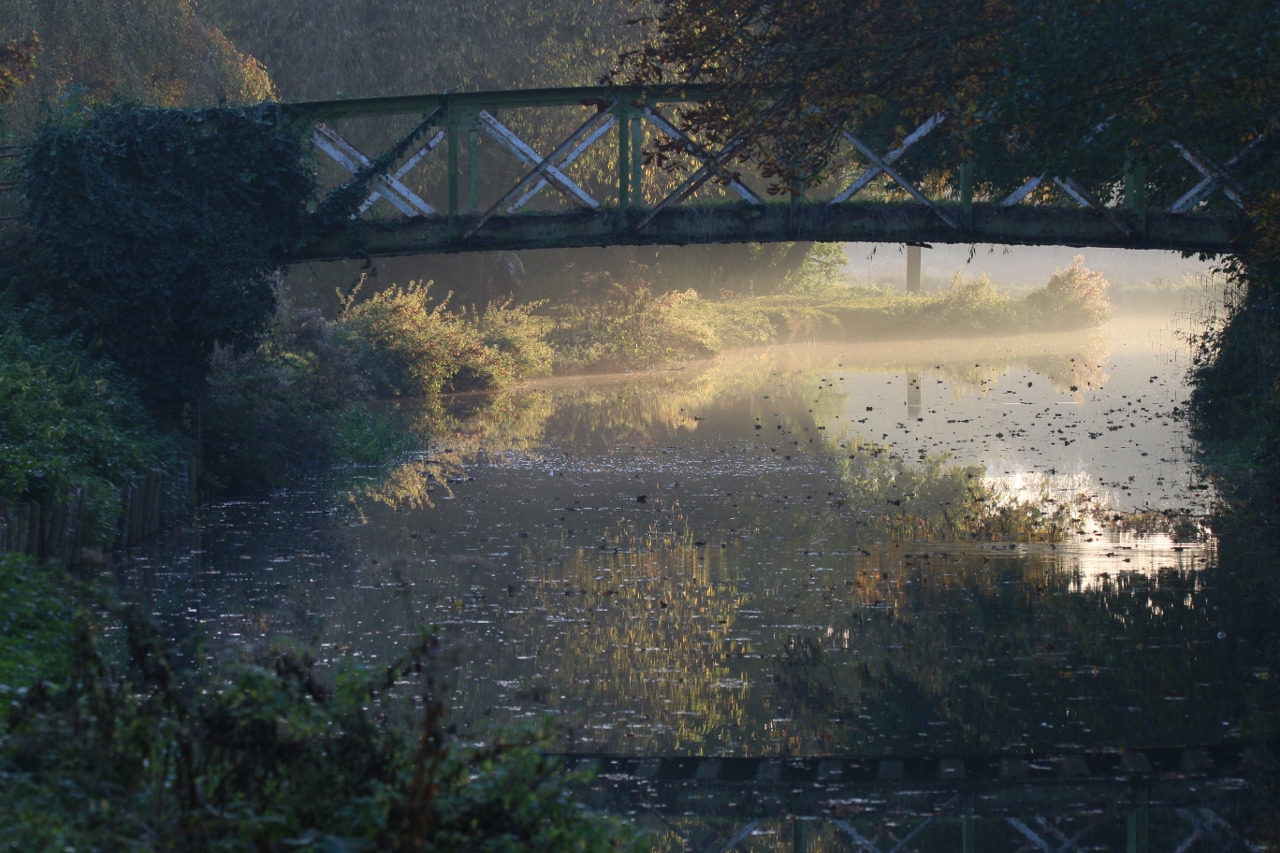
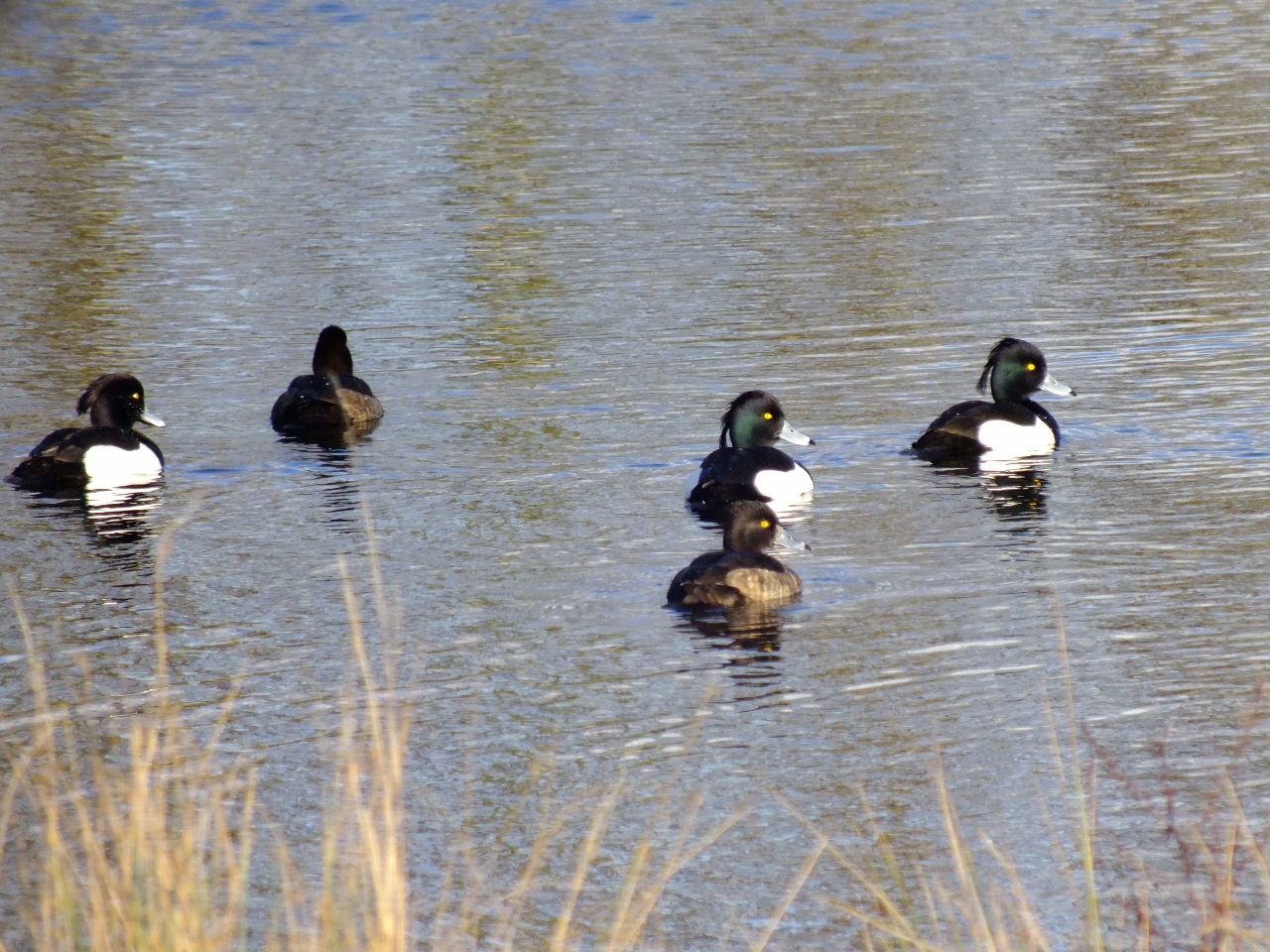

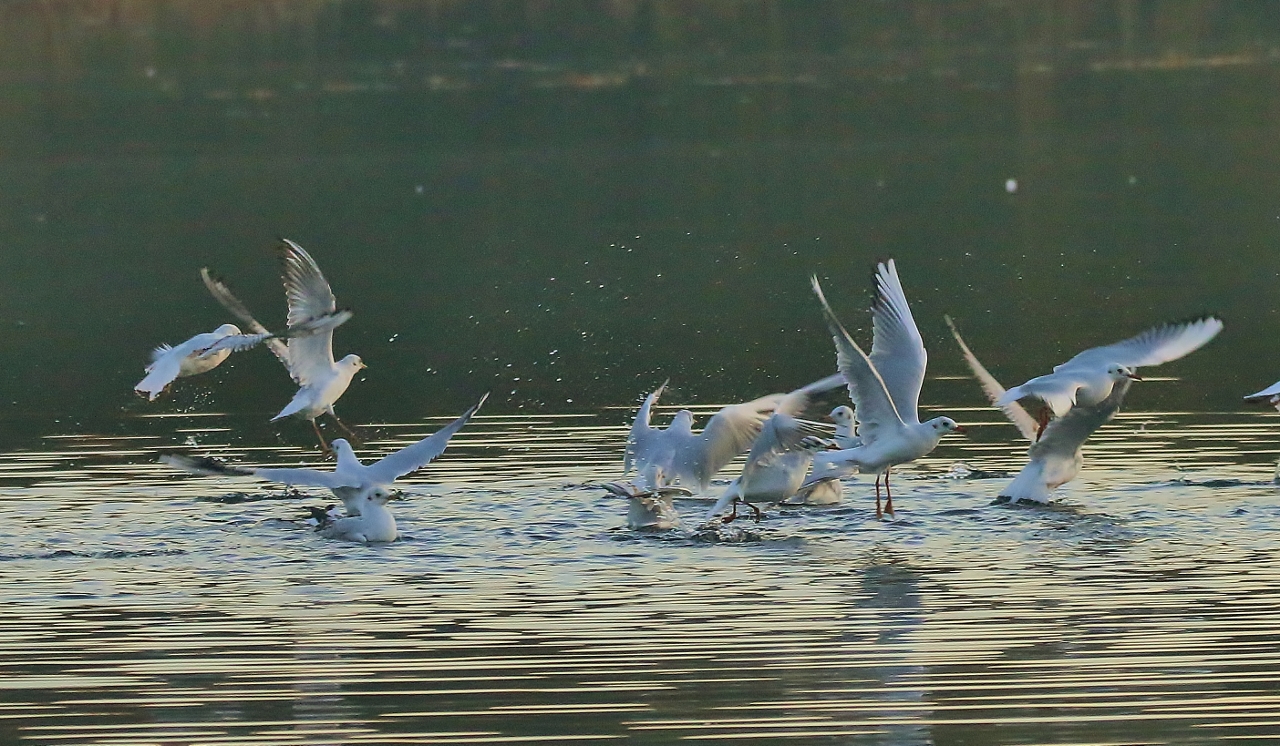
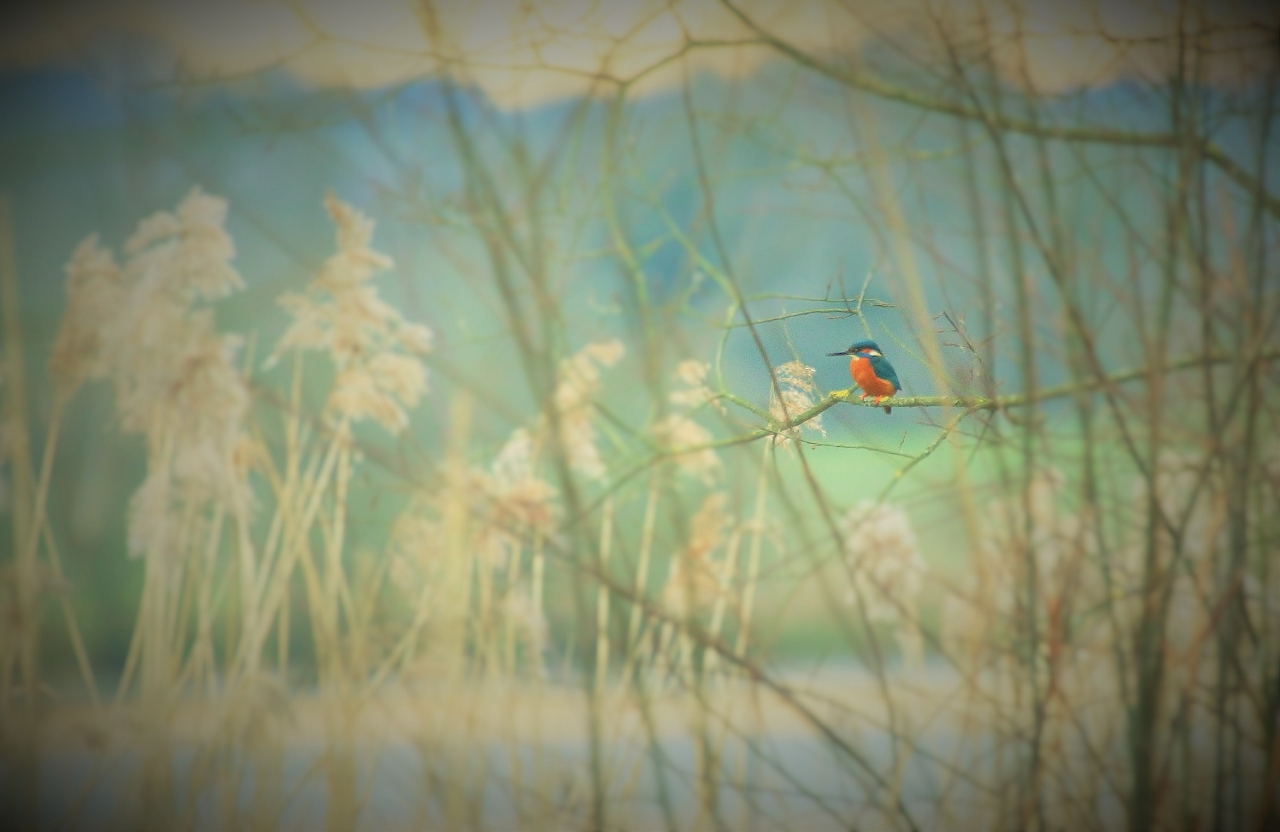


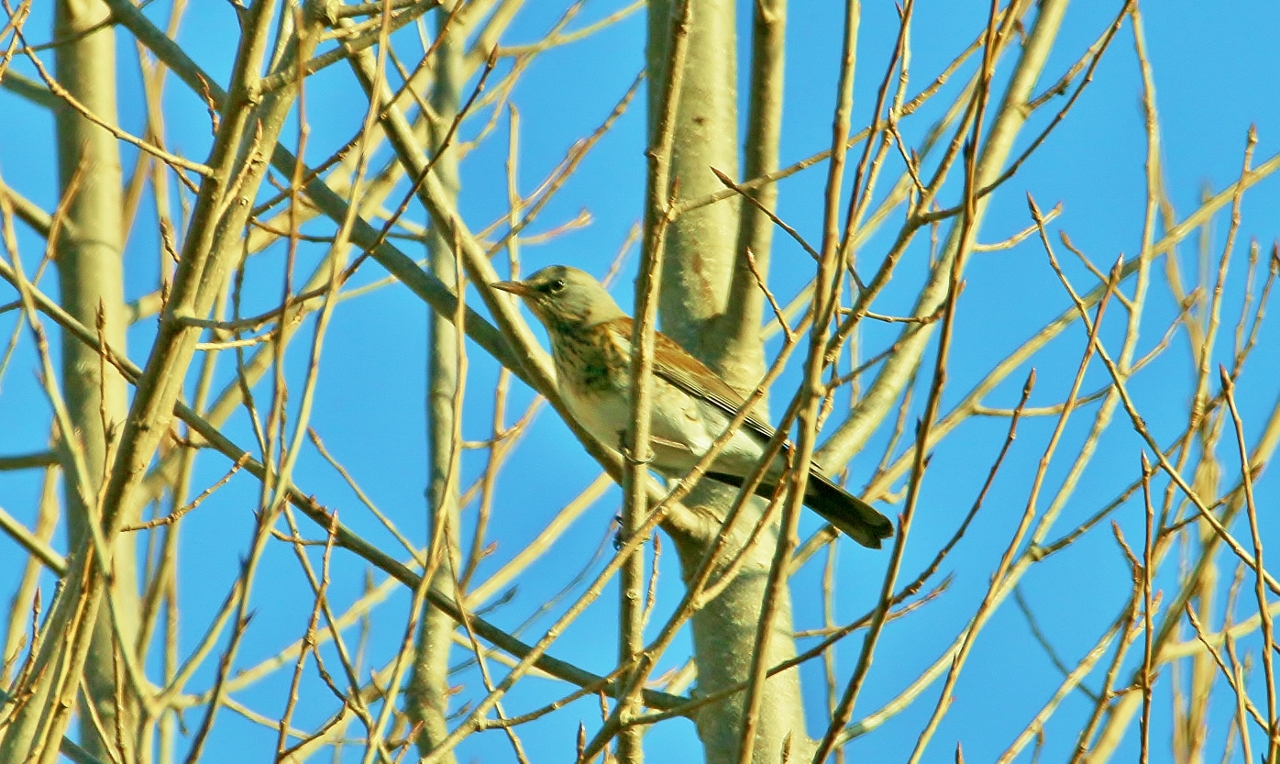
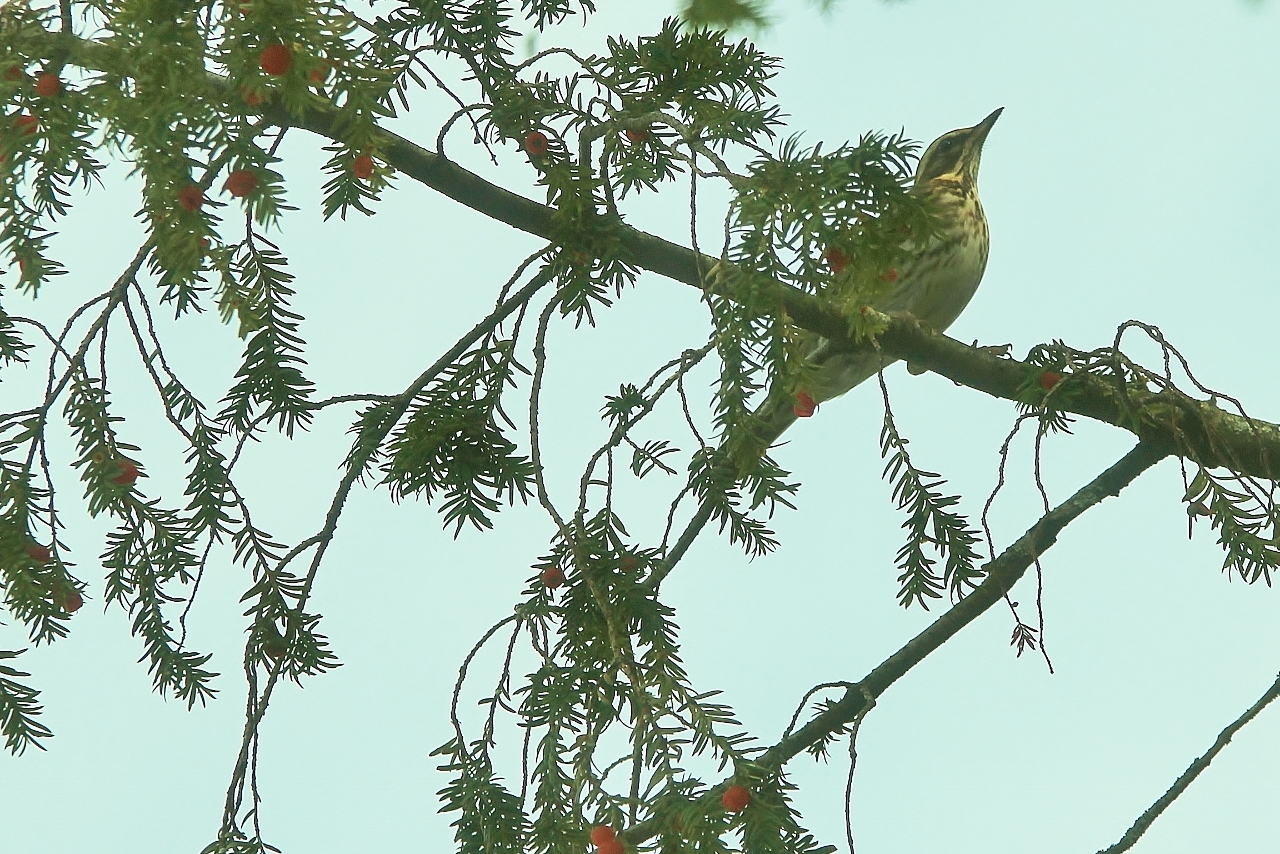
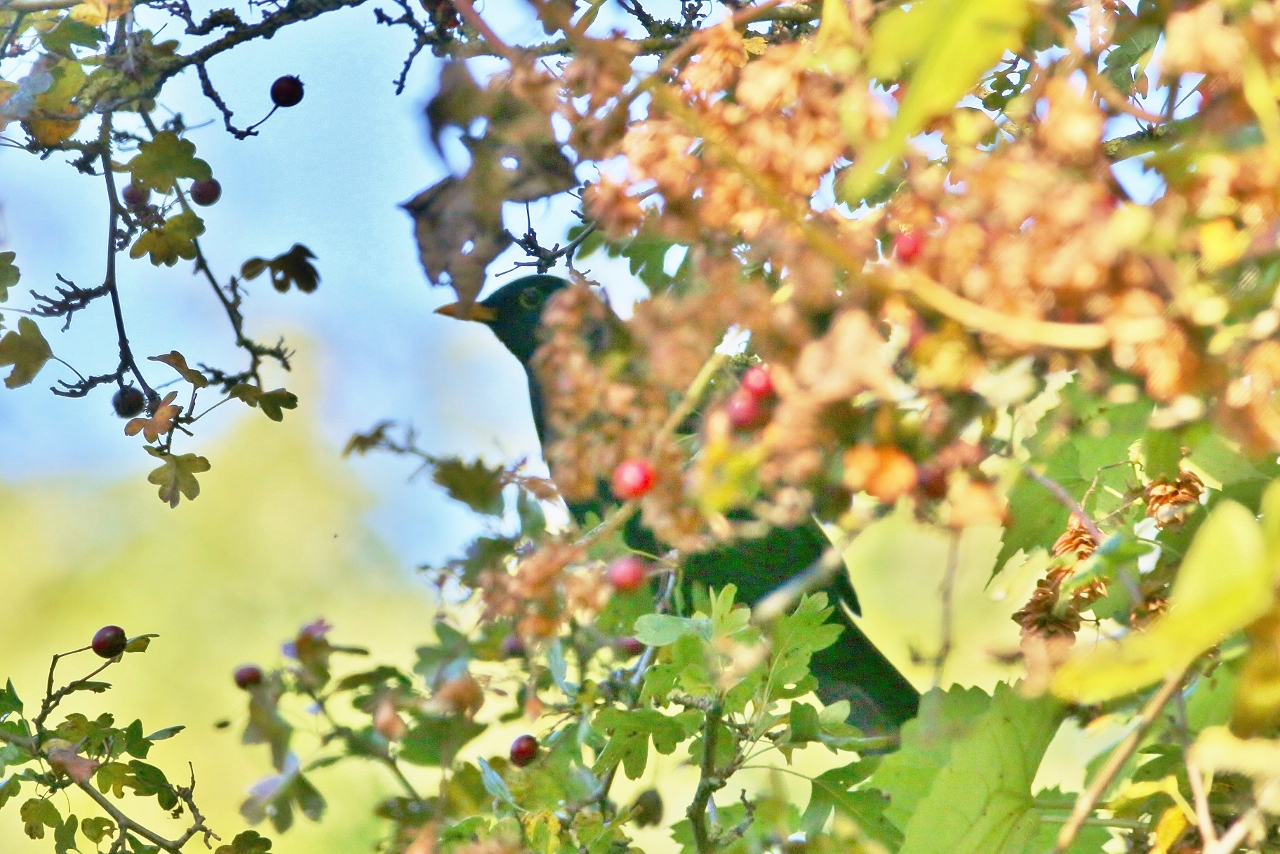
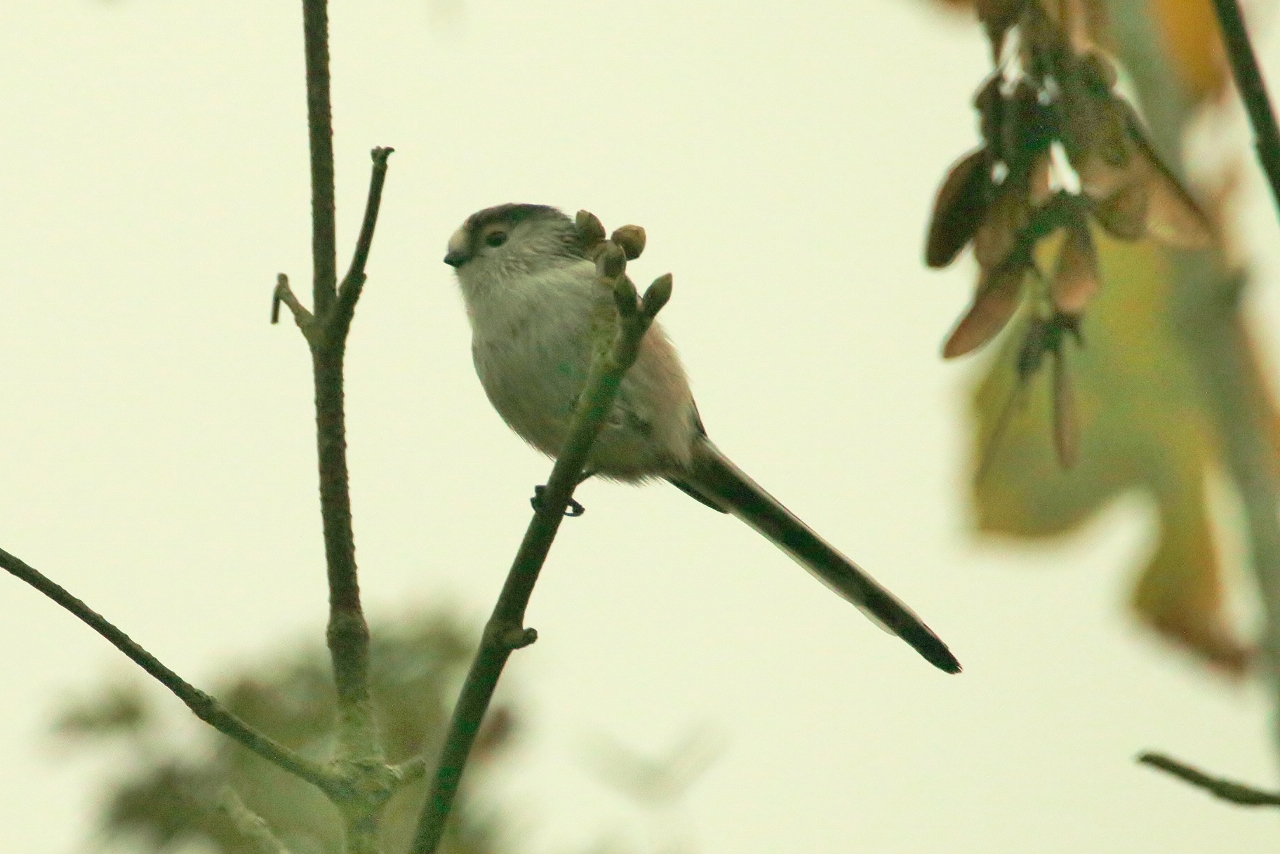
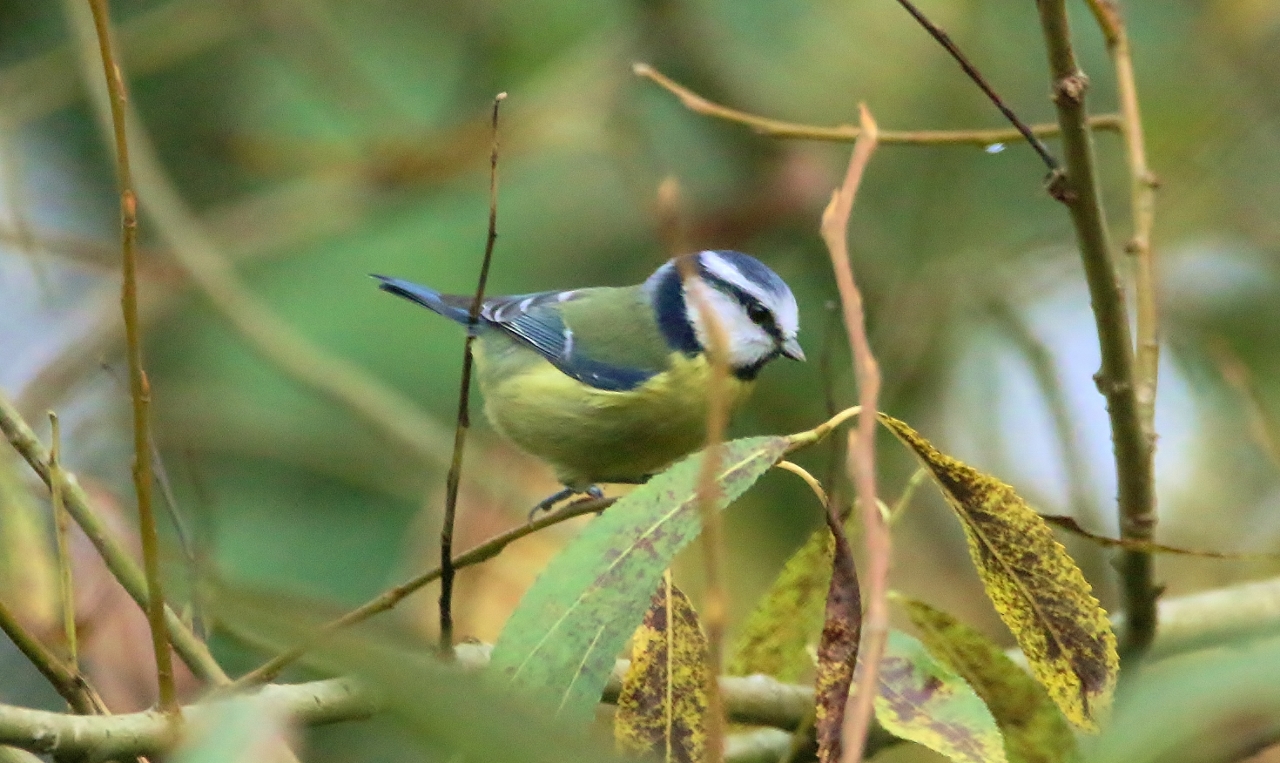
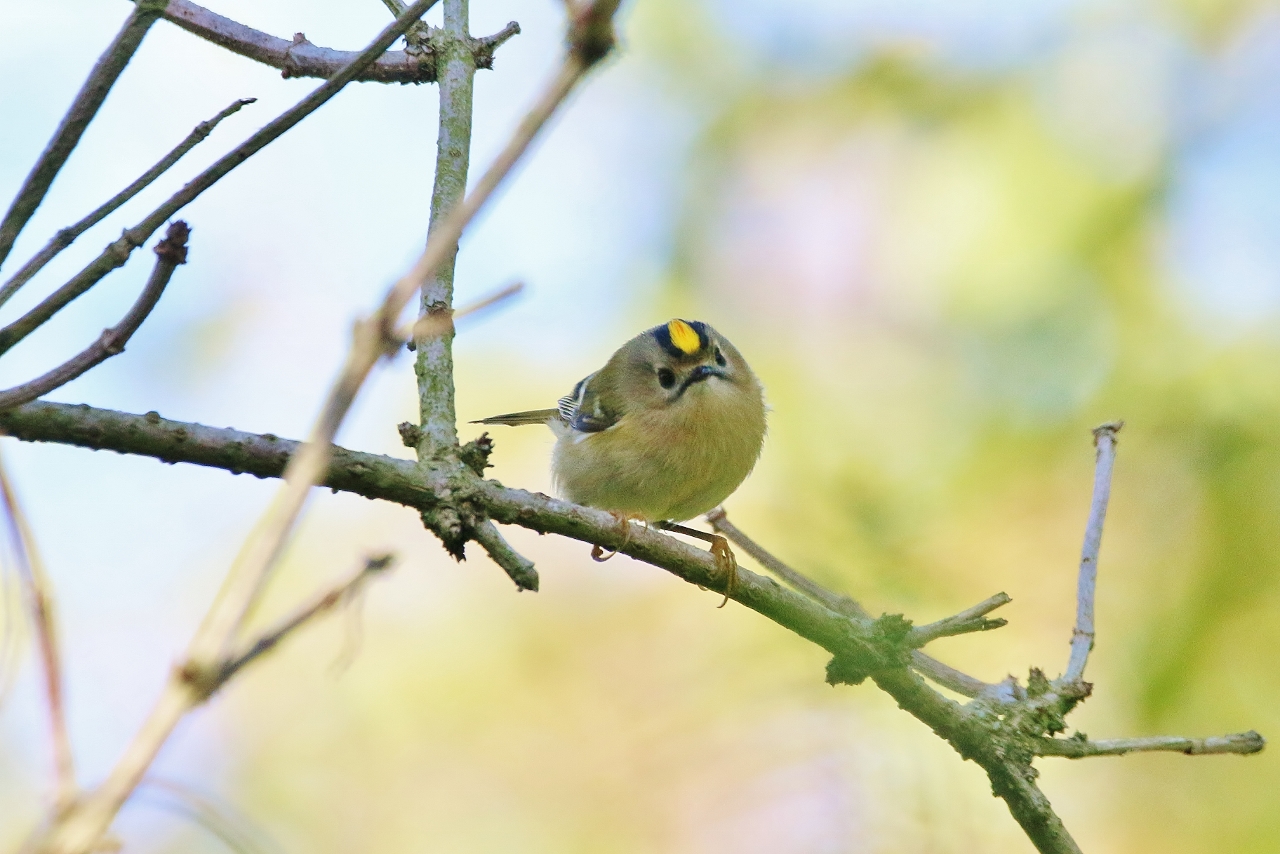
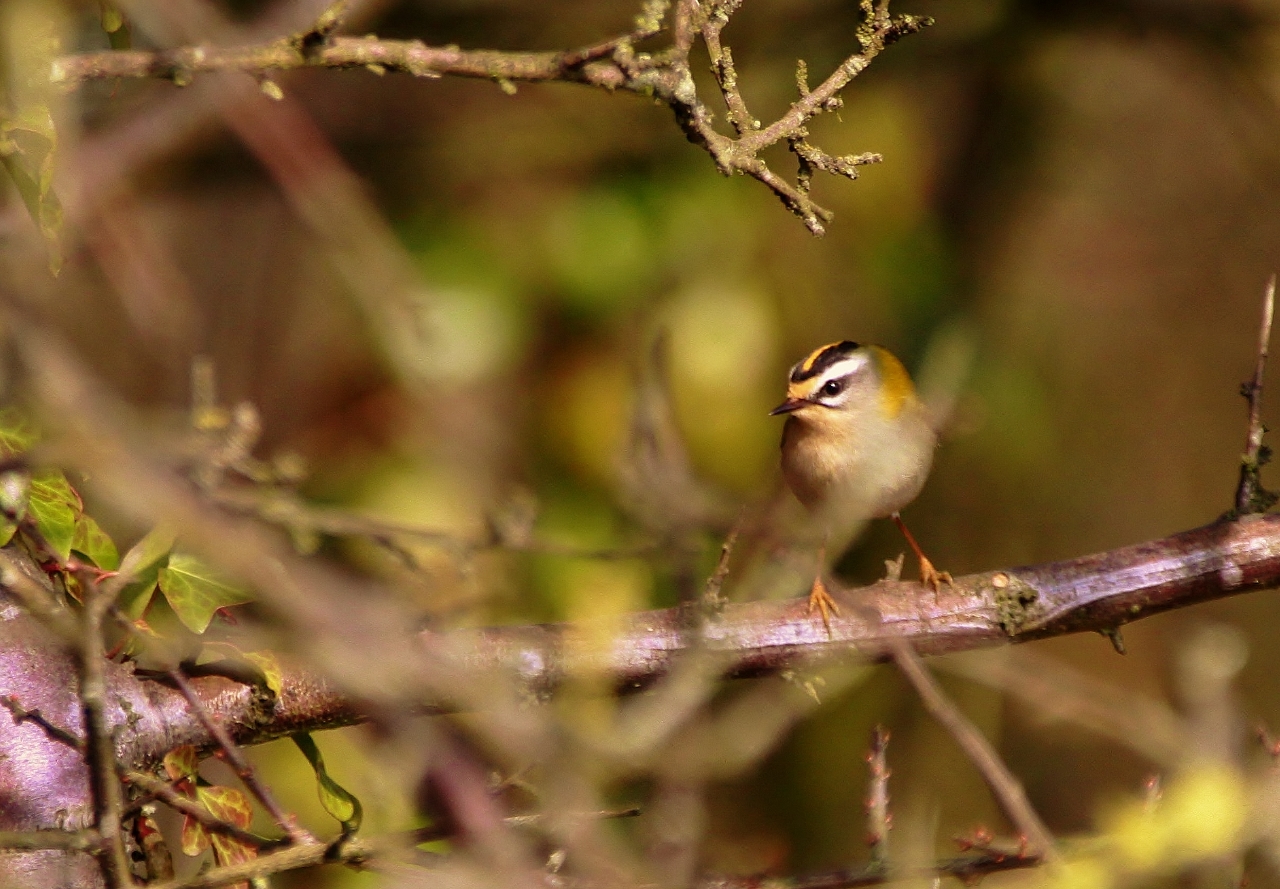
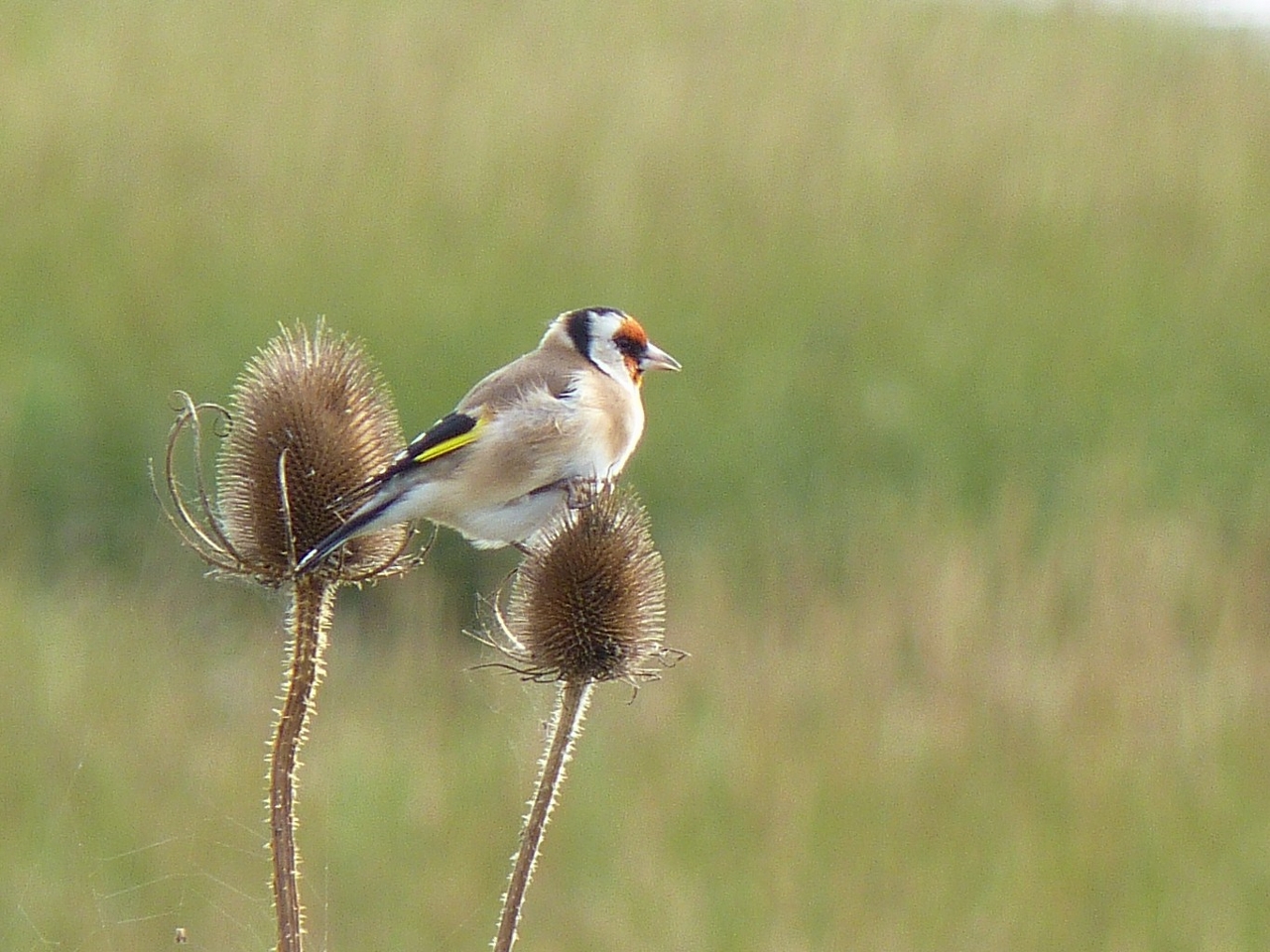
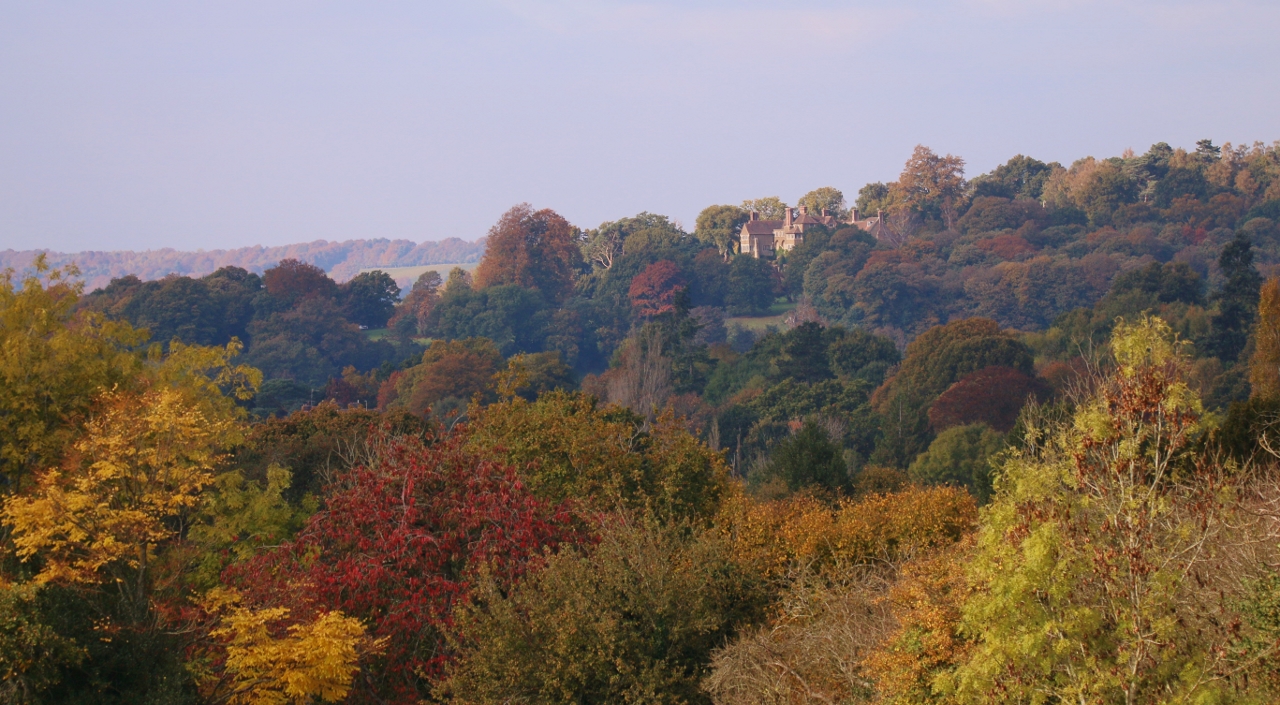

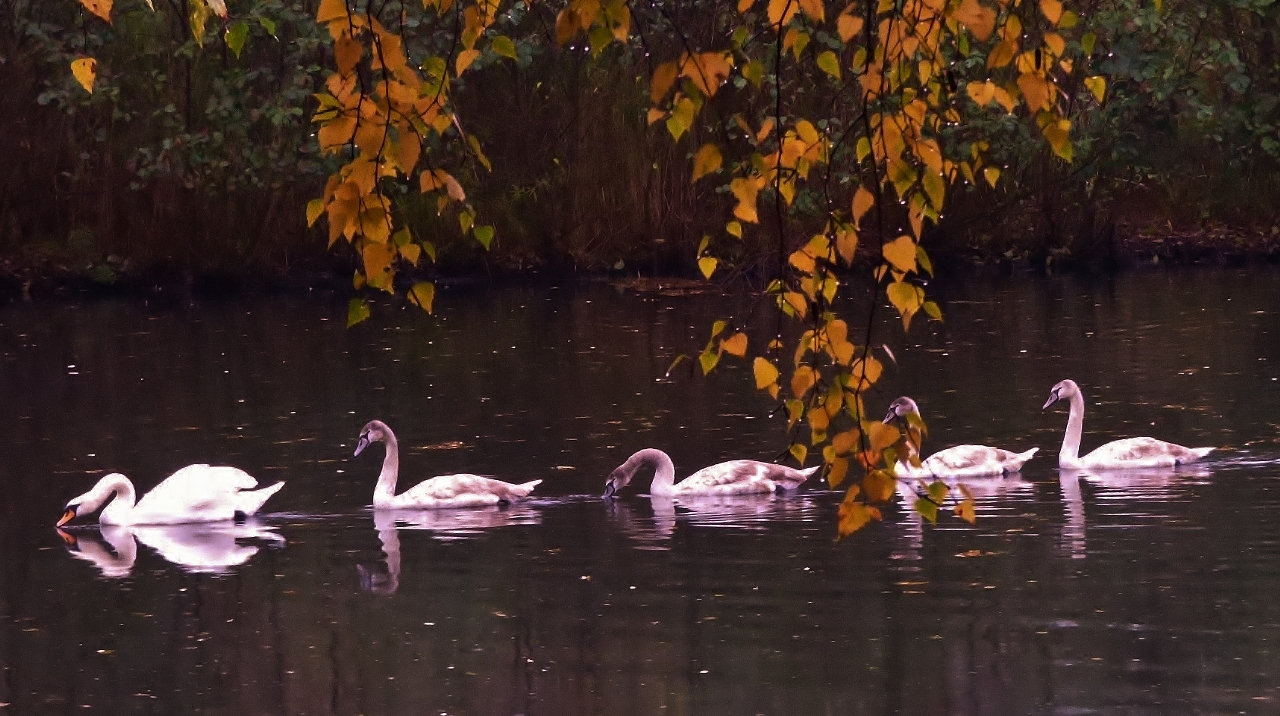

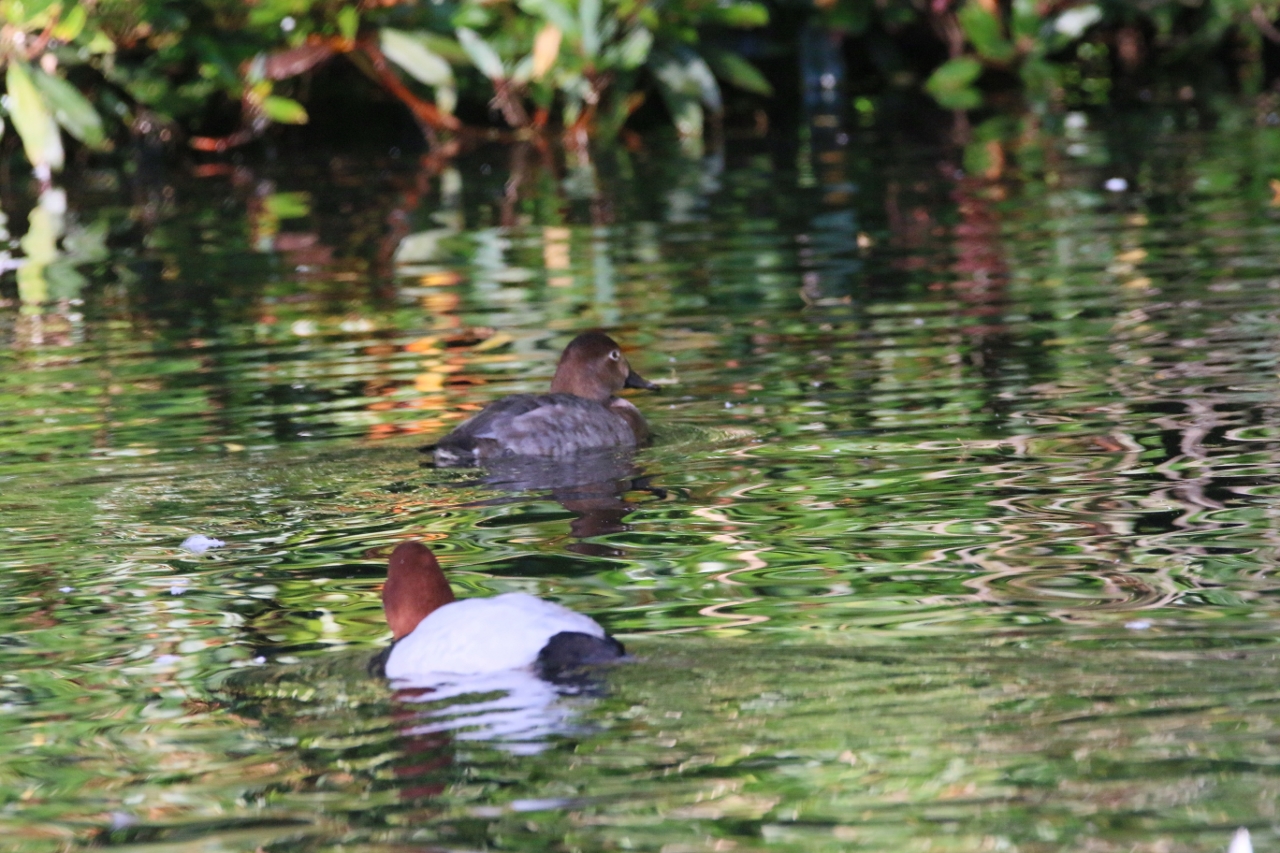
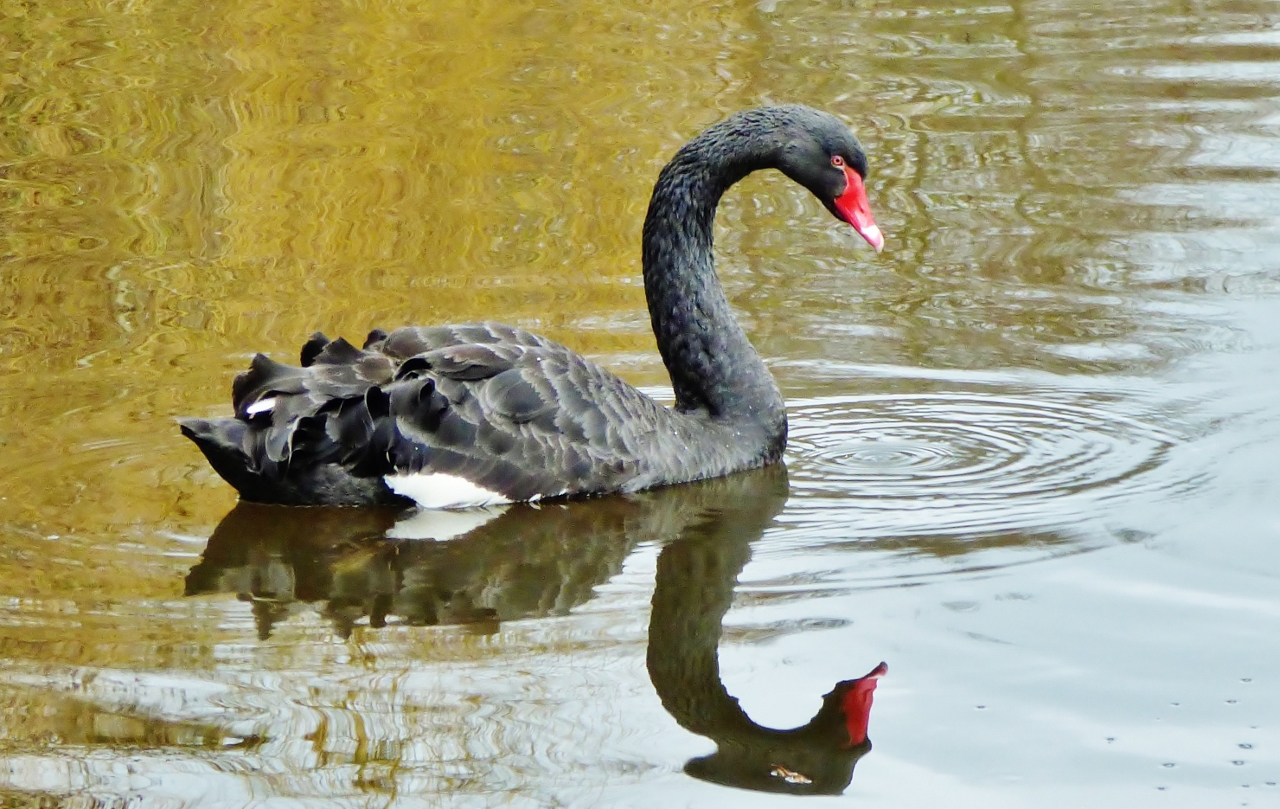
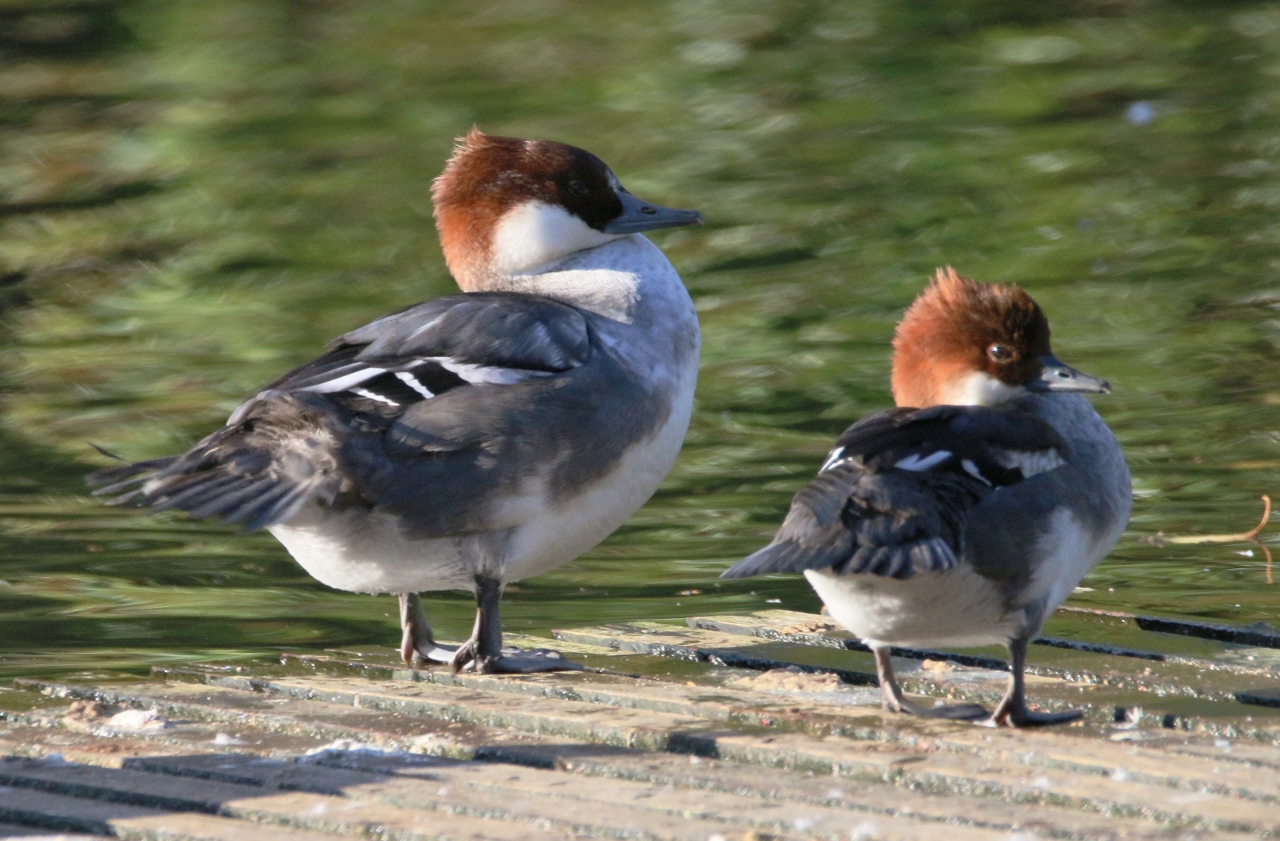

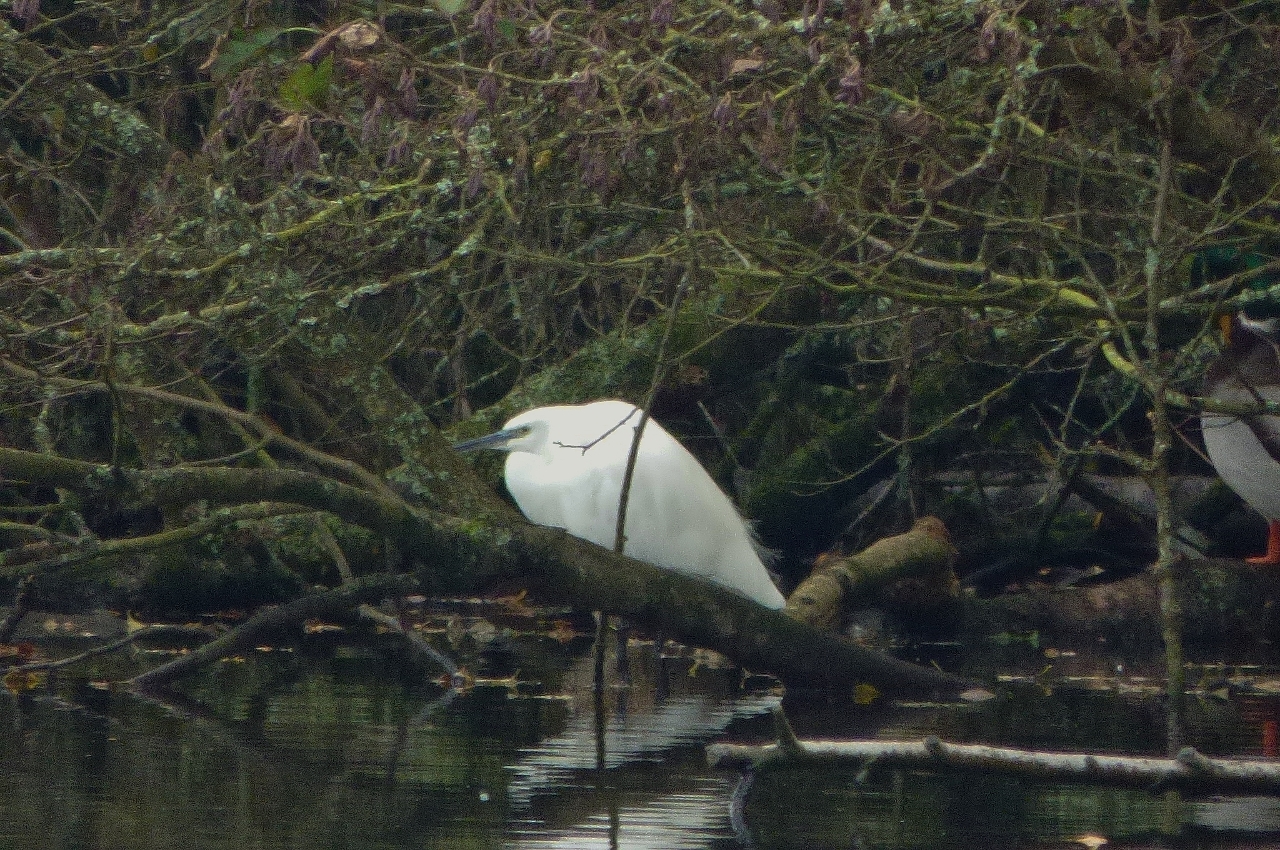
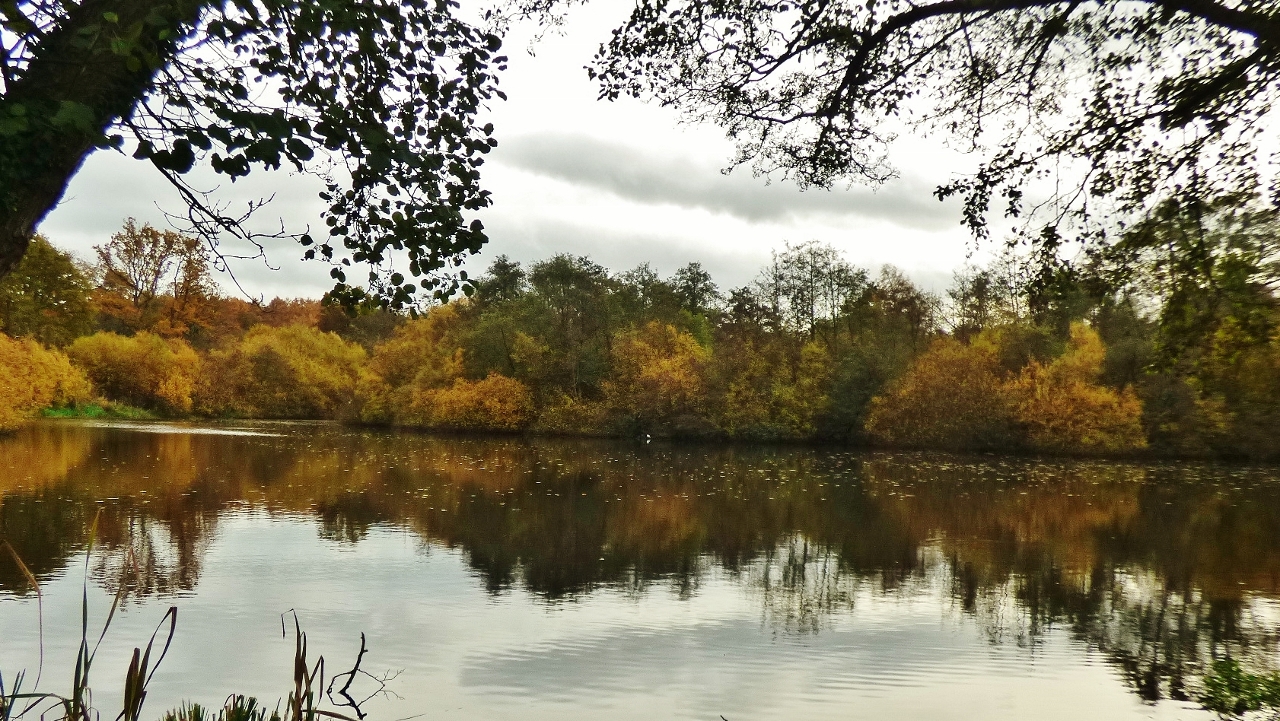
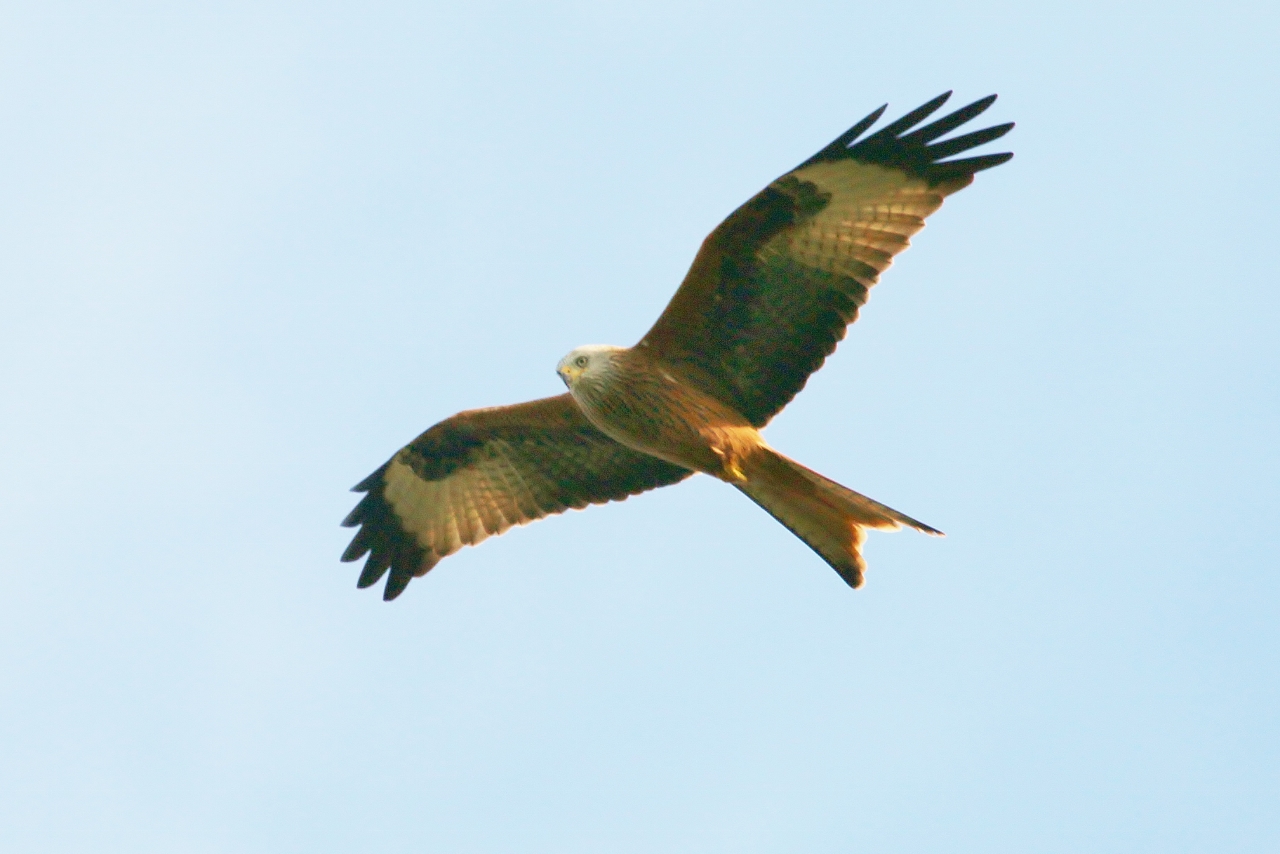
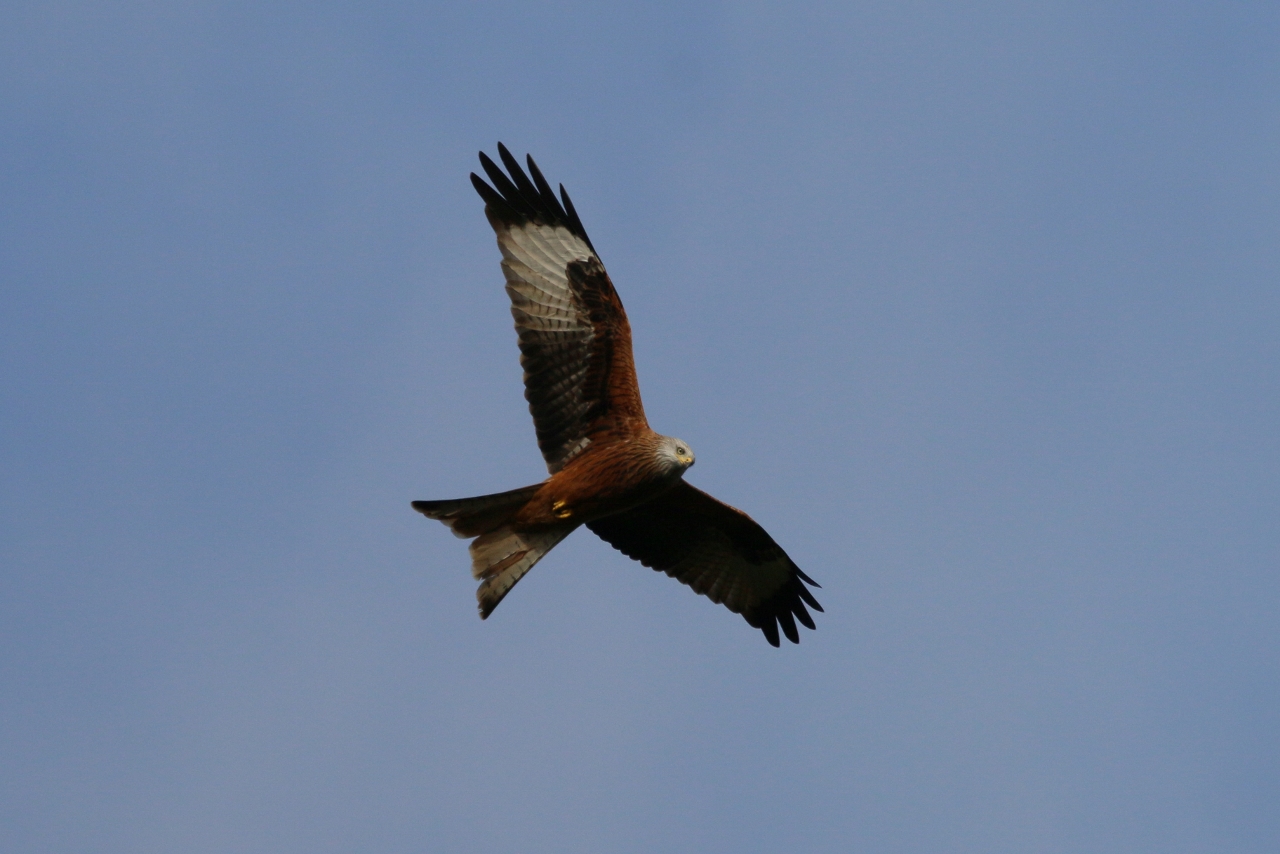
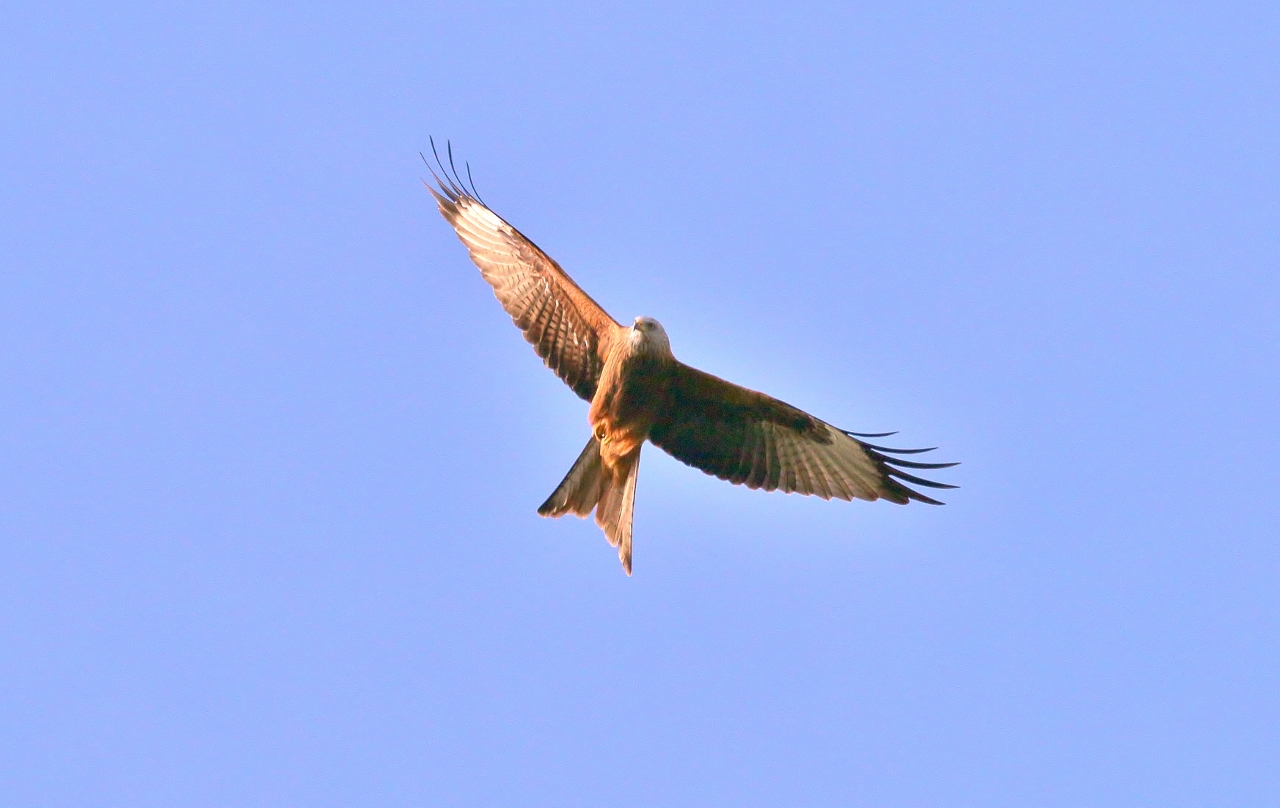
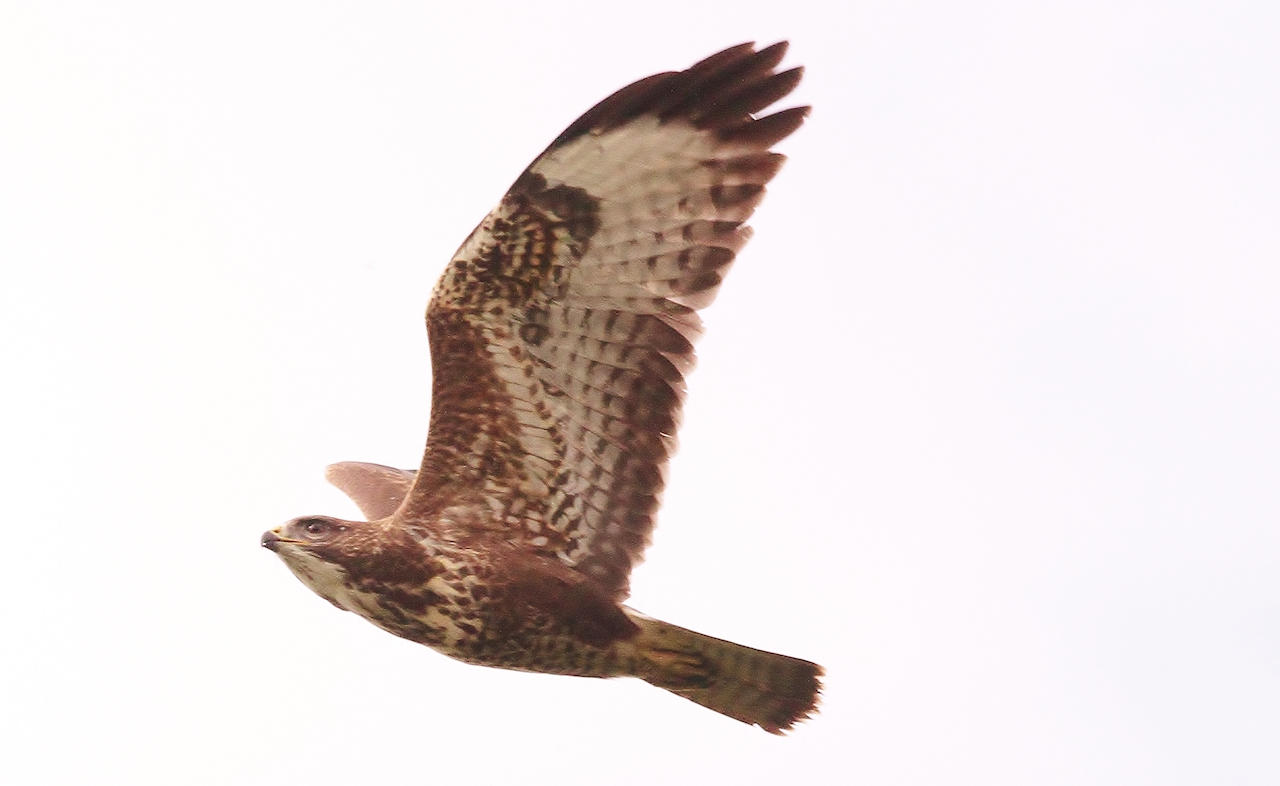









Terry Flack and Ruth Dixon
November 21, 2016 at 9:29 am
Some excellent pictures from Malcolm Fincham. He never ceases to surprise us. The quality and detail are fantastic. Keep up the good work.
A Tatlow
November 21, 2016 at 1:49 pm
What a stunning picture of the kingfisher sharply in focus against the reeds and distant hills! Thanks to Malcolm Fincham you for sharing it.
James Sellen
November 21, 2016 at 11:33 pm
Excellent, atmospheric photos. A real treat finding the log-eared bat.
Lisa Wright
November 22, 2016 at 1:23 pm
Love the shoveller!